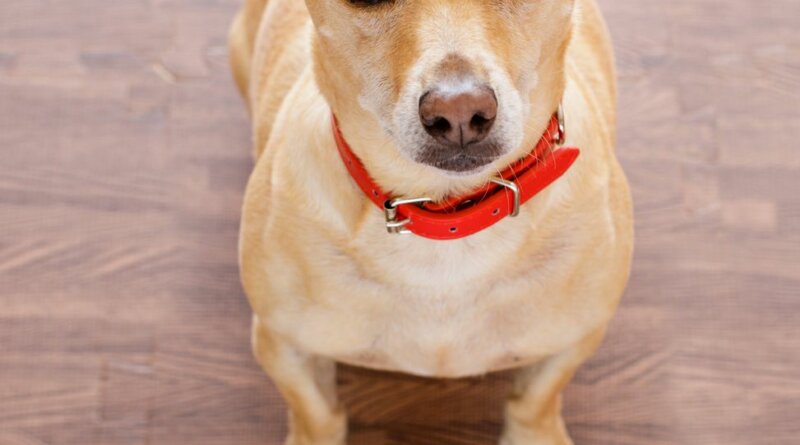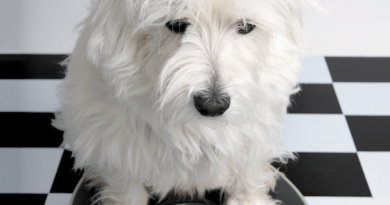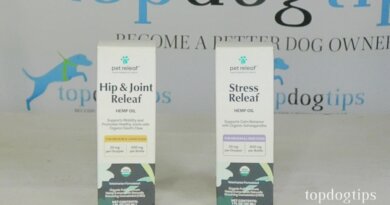How Much Food to Feed a Dog
How much to feed your dog depends on the dog’s size, age, genetics/breed, level of activity, and the food itself. Even whether the dog is spayed or neutered can make a difference in how much to feed your dog.
That’s why there are no official feeding guidelines for dogs. How much to feed your dog is a matter of calories, just as it is for us, and dogs vary widely on how many calories they need.
Calculate Calories
Calories in various brands of kibble range from less than 300 per cup to over 700 calories per cup, according to the American College of Veterinary Nutritionists. That’s a tremendous difference. Fortunately, most pet-food manufacturers now tell you how many calories are in a cup of their food.
As a rule of thumb, the number of calories your dog should be fed to maintain your dog’s ideal weight is referred to as the “resting energy requirement (RER).” To determine your dog’s RER, convert the dog’s ideal weight in pounds to kilograms by dividing by 2.2. Then multiply that number by 30 and add 70.
So, let’s say your dog’s ideal weight is 90 pounds. Ninety pounds divided by 2.2 is 40.9 kg. Now multiply by 30 and add 70: 40.9 x 30 = 1,227 + 70 = 1,297. So, 1,297 is how many calories per day a 90-pound dog needs just to perform normal body functions (not additional exercise).
Next, look at the food you’re feeding. Let’s say it contains 380 calories per cup. So, divide the number of calories (1,297) and divide that by 380, the number of calories in each cup of food: 1,297 ÷ 380 = 3.41 cups of food per day for an average 90-lb dog. But dogs aren’t all average, and every dog should receive at least some amount of exercise.
Adjusting Food by Individual Dog
The University of Ohio Veterinary Medical Center says the RER must be multiplied by the dog’s energy needs and the RER then adjusted up or down to maintain a healthy weight. Individual dogs can vary widely from calculated values, so whatever figure you get still needs tweaking in order to reach and then maintain your dog’s healthy weight.
In order to lose weight, dogs who are obese should be fed at the RER for their ideal weight. Active, working dogs may need two to five times the RER to maintain weight. Average exercising neutered dogs need the RER x 1.6. Intact adult dogs with average work need RER x 1.8.
Check Your Dog’s Weight
If you can’t weigh your dog on a scale, at least run your hand over his body once a month. You should always be able to feel his ribs and, when you look down over his topline, you should see a waist at the end of the ribcage. If you can’t feel his ribs, your dog is too fat. A lower-calorie dog food might help some in these circumstances, but ultimately, reducing his daily portions will be needed.
“I tell my clients to take a hard, honest look at snacks and treats. Eliminate snacks and treats. For most dogs, I find that decreasing your dog’s meal portions by 25% is a simple, safe, effective approach to weight loss. If you’re training your dog and need treats for rewards, take some of the kibble he would get at mealtime and use that for treats,” says Eileen Fatcheric, DVM, in “Is My Dog Overweight?”

What Are Whiskers?
Measure: Use a standard measuring cup to measure your dog’s food. Use level measures – no heaping the food over the top of the cup!
Nutrients: Choose a food that is formulated to meet recommendations from American Association of Feed Control Officials (AAFCO). Most adult dogs do fine on a “maintenance” food. Puppies, moms, and hard-working dogs need more calories, protein, and fat. These dogs need a food made for “all life stages.”
Schedules: All dogs should be fed at least twice a day—at least three times a day for puppies—on as regular a schedule as possible. Never put a dog on free-choice food. Most dogs will eat it all in one sitting—or at least try to; but even those dogs who don’t gobble it up quickly should not be free-fed. It will take you a lot longer to notice if a dog has lost his appetite if you allow him to “graze” all day.
Scraps: Don’t mess up all your hard work by giving your dog table scraps, unless there’s a need (such as a picky eater, a senior dog, or a dog who is on boiled ground beef or chicken with rice due to an upset digestive tract) or unless you reduce his regular food portion accordingly. Added “leftovers” should never represent more than 25% of his daily caloric intake, or you risk unbalancing a “complete and balanced” diet.




